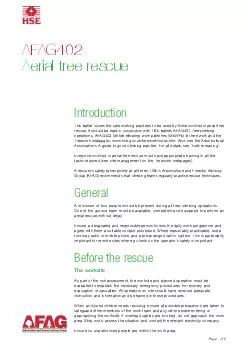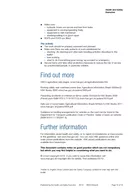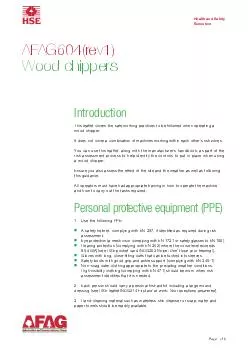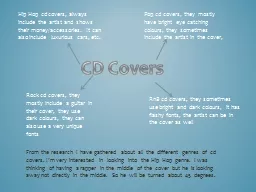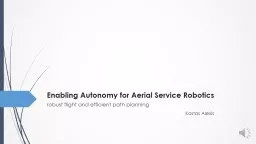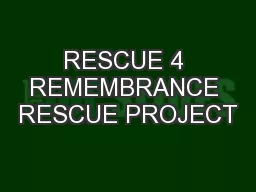PDF-Page of AFAG Aerial tree rescue Introduction This leaflet covers the safe working practices
Author : myesha-ticknor | Published Date : 2015-01-29
It should be read in conjunction with HSE leaflets AFAG401 Treeclimbing operations AFAG403 Mobile elevating work platforms MEWPs for tree work and the Treework webpages
Presentation Embed Code
Download Presentation
Download Presentation The PPT/PDF document "Page of AFAG Aerial tree rescue Introd..." is the property of its rightful owner. Permission is granted to download and print the materials on this website for personal, non-commercial use only, and to display it on your personal computer provided you do not modify the materials and that you retain all copyright notices contained in the materials. By downloading content from our website, you accept the terms of this agreement.
Page of AFAG Aerial tree rescue Introduction This leaflet covers the safe working practices: Transcript
Download Rules Of Document
"Page of AFAG Aerial tree rescue Introduction This leaflet covers the safe working practices"The content belongs to its owner. You may download and print it for personal use, without modification, and keep all copyright notices. By downloading, you agree to these terms.
Related Documents

